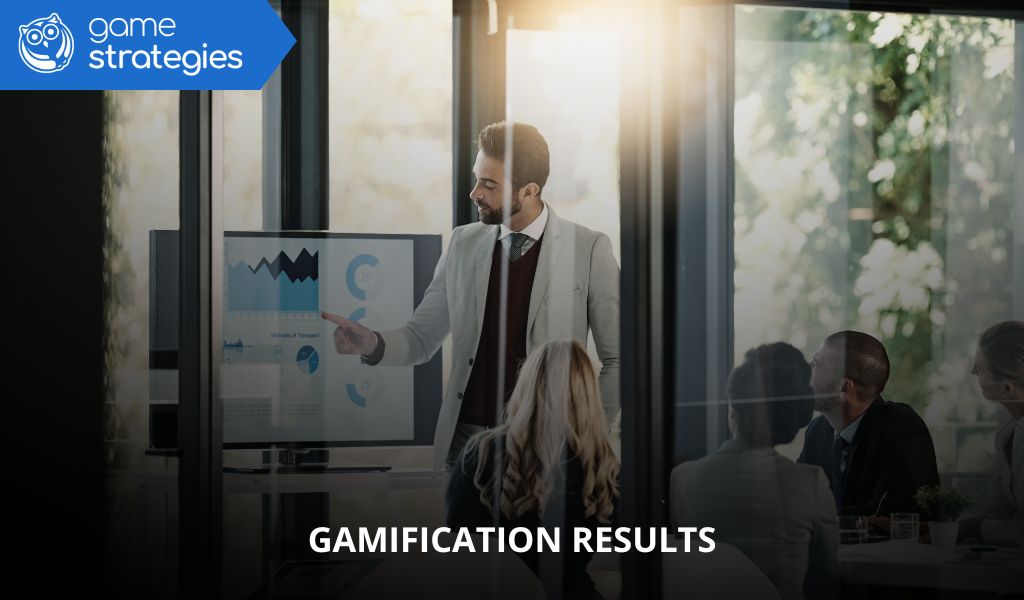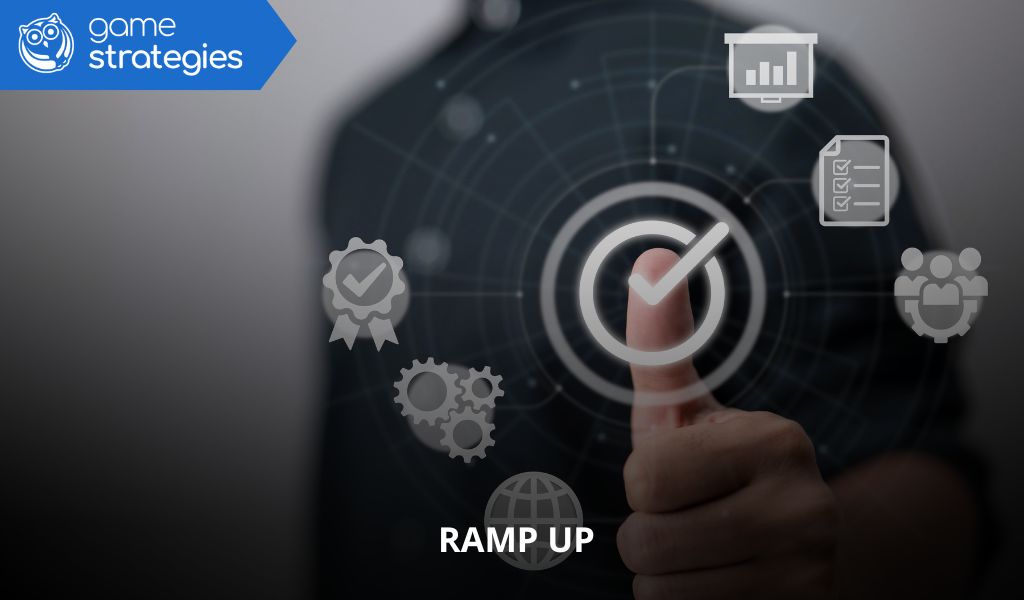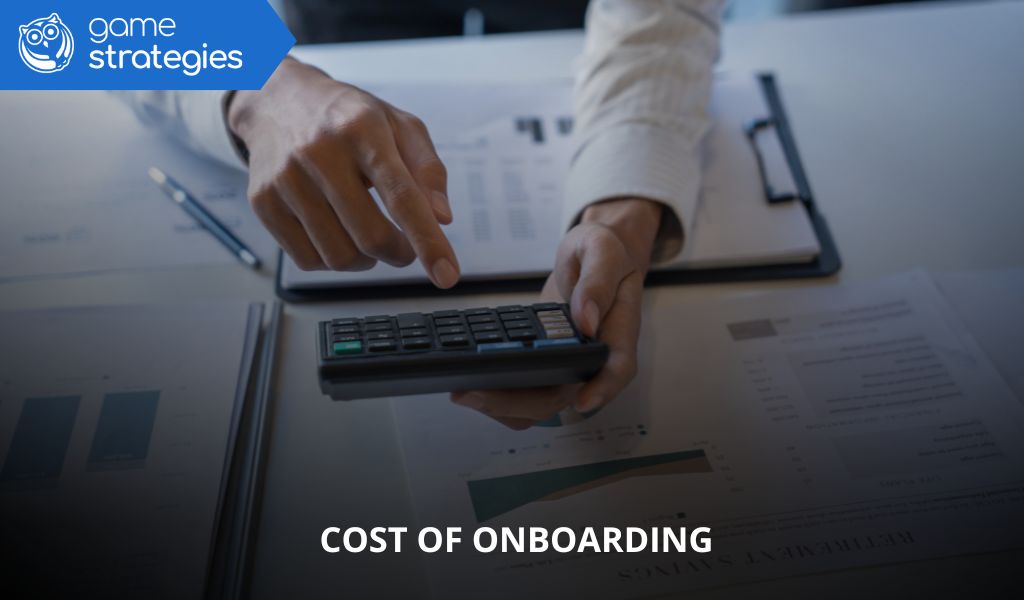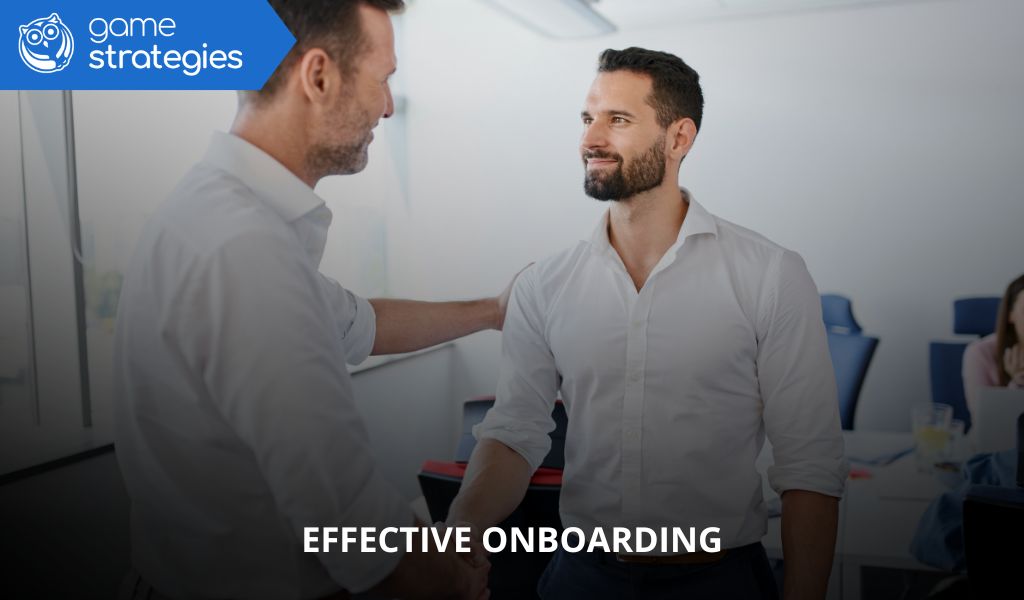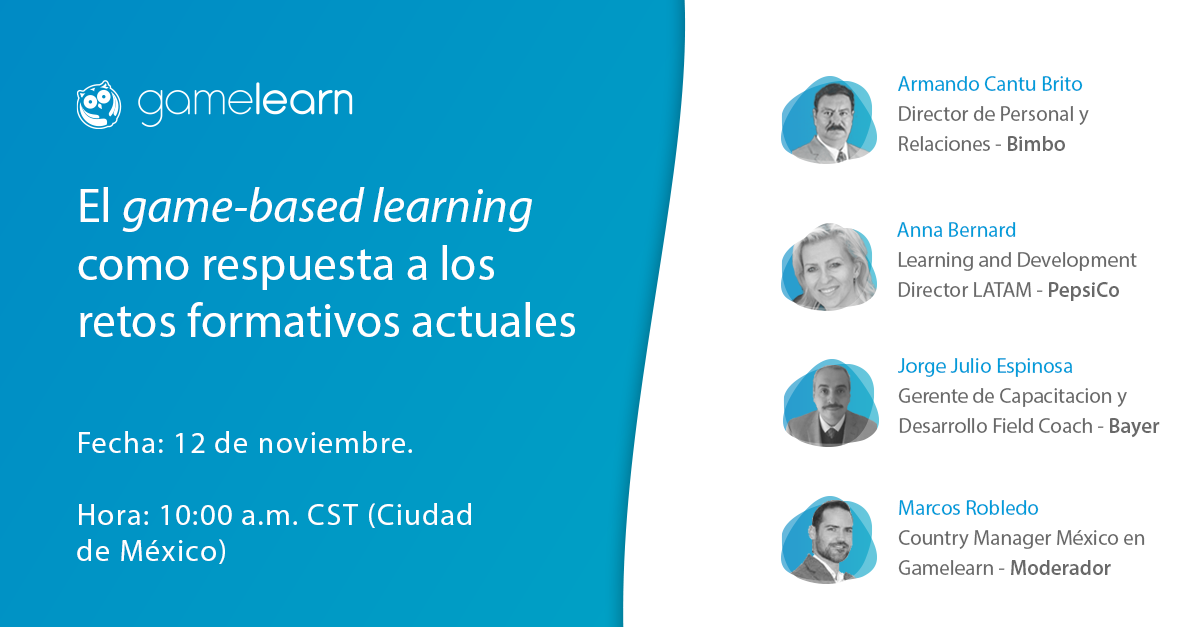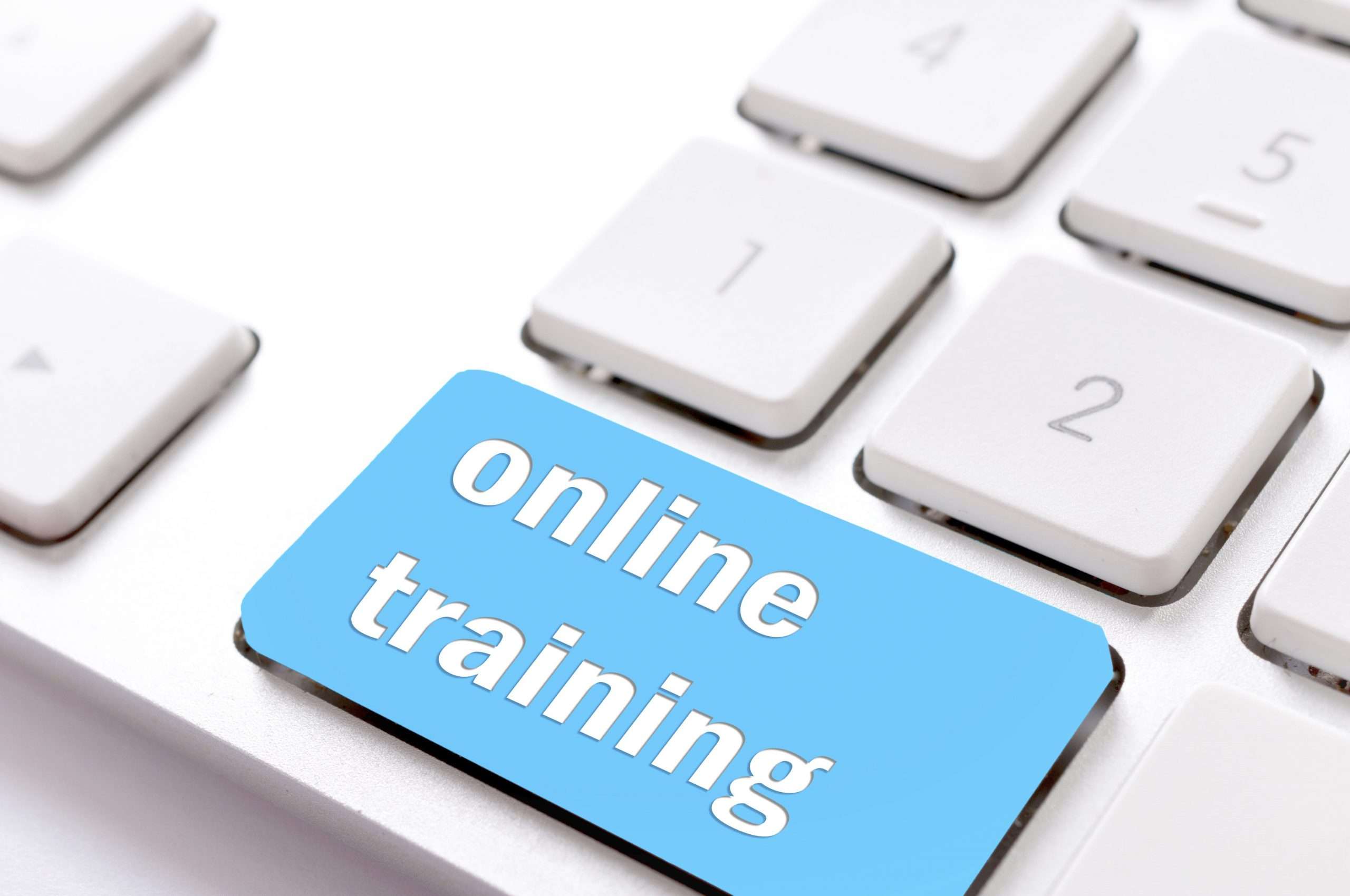Gamification in corporate learning is a powerful tool, but like any business strategy it must be measured and evaluated. It’s not enough to layer game dynamics onto learning experiences; you need to know whether they are truly having an impact. That means defining clear metrics, monitoring indicators and iterating based on evidence.
In this article, we explain how to measure the success of your gamified training programmes, which tools to use, and how to translate data into strategic decisions—so your gamification results become tangible value for the organisation. Discover how solutions like Game Strategies, specialists in corporate gamification, help you turn play into measurable performance
Define business objectives and KPIs before measuring gamification results
Every effective analysis begins with sound planning. In gamification, this means aligning each dynamic with company-wide goals. Before choosing indicators, establish clear, assessable targets.
How to align gamification with SMART business objectives for clear gamification results
Your goals should be Specific, Measurable, Achievable, Relevant and Time-bound. For example, if you aim to improve content retention or reduce attrition, set the expected percentage improvement and time frame. This strategic alignment ensures your gamified learning delivers real business impact and defensible gamification results.
Key indicators
Among the most useful KPIs are training completion rate, number of interactions per user, progression in specific competencies and feedback scores (e.g., NPS). Each reflects a different dimension of success and contributes evidence of gamification results.
Measure employee participation and engagement
One of the first visible effects of a well-designed strategy is increased motivation and participation across learning platforms—critical signals of gamification results.
Participation rate
Assess how many users log in regularly and complete modules. This metric reflects initial adoption and acceptance of the gamified proposition.
Interactions
Sessions per week, items unlocked and challenges accepted indicate commitment. Strong design translates into high interaction levels—clear evidence of gamification results.
Time spent on gamification as a proportion of work
Gamified learning should fit efficiently into the flow of work. Comparing time invested versus overall workload helps you spot overload or gaps. Platforms like Game Strategies make these patterns easy to visualise.
Evaluate learning outcomes and performance
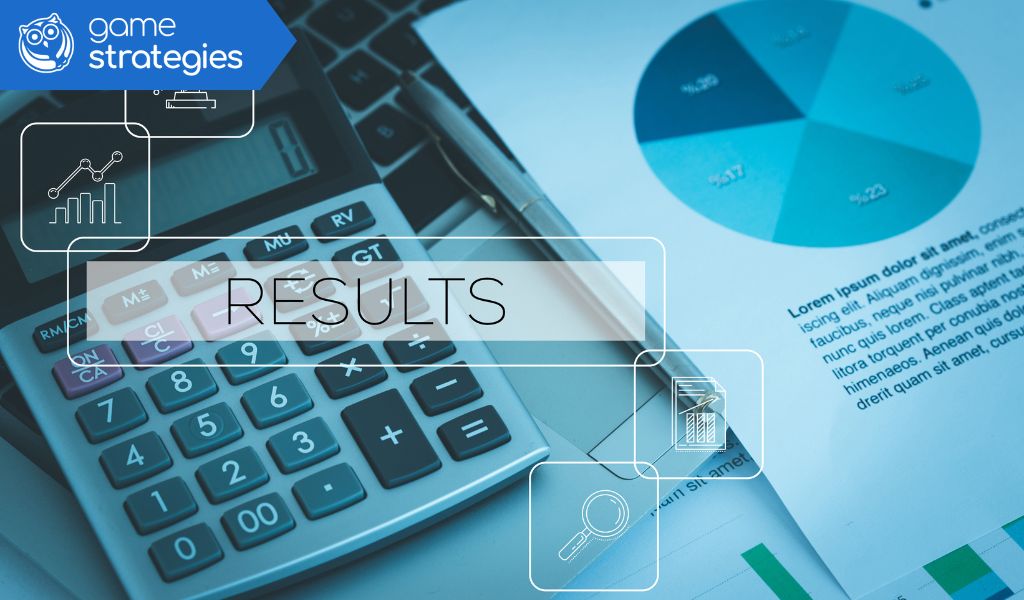
Beyond participation, it’s essential to verify whether employees are acquiring knowledge and applying it day to day—the heart of meaningful gamification results.
Pre–post training comparison
Administer assessments before and after the programme to measure real learning impact. This is particularly useful in gamified onboarding, where results should be tangible within the first month.
Progress in measurable soft and technical skills
Track development in areas such as communication, leadership or specific technical knowledge. Line-manager observation and self-assessments provide complementary insight.
Real impact on productivity and operational results
Connect learning gains with concrete improvements: fewer errors, greater efficiency or higher sales. These metrics reinforce the business value of your gamification results.
Gather feedback and measure satisfaction
Qualitative feedback is vital for fine-tuning. Listening to employees helps you spot opportunities for improvement and increase programme effectiveness.
Post-gamification surveys
Design forms that measure overall satisfaction, perceived usefulness and motivation triggered by the gamified experience.
Focus groups and interviews
Hold sessions where users can share candid opinions. You’ll surface valuable insights about narrative, usability and emotional connection to content.
Workplace climate metrics
Track indicators such as engagement, participation and sense of belonging. Many organisations combine these with internal gamification apps to sustain an active learning culture—further evidencing gamification results.
Use ROI to evaluate financial impact
Return on investment is essential for securing ongoing sponsorship from leadership or investors and for presenting gamification results in financial terms.
Basic formula
ROI = (Benefit generated – Total cost) / Total cost.
Include savings from replacing traditional training, reduced turnover and shorter onboarding times. Platforms like Game Strategies streamline these calculations with tools built for gamified learning and talent selection.
Analyse and optimise continuously
Gamification should evolve. Maintain a measurement and optimisation cadence to keep gamification results strong over time.
Use dashboards for real-time tracking
Dashboards reveal progress, flag inactive users and let you tune difficulty levels. Game Strategies offers comprehensive gamification results dashboards that make this continuous management straightforward.
A/B testing to refine gamified mechanics
Experiment with alternative versions of challenges, rewards or narratives to identify what drives the highest engagement.
Periodic review
Each quarter, review outcomes, refresh goals and renew dynamics. This prevents “game fatigue” and sustains motivation.
Measuring the effectiveness of gamification is as important as implementing it. With solutions like Game Strategies, you can turn your training programmes into measurable, scalable and profitable strategies—delivering gamification results that matter.
¿De cuánta utilidad te ha parecido este contenido?
¡Haz clic en una estrella para puntuarlo!
Promedio de puntuación 0 / 5. Recuento de votos: 0
Hasta ahora, ¡no hay votos!. Sé el primero en puntuar este contenido.

